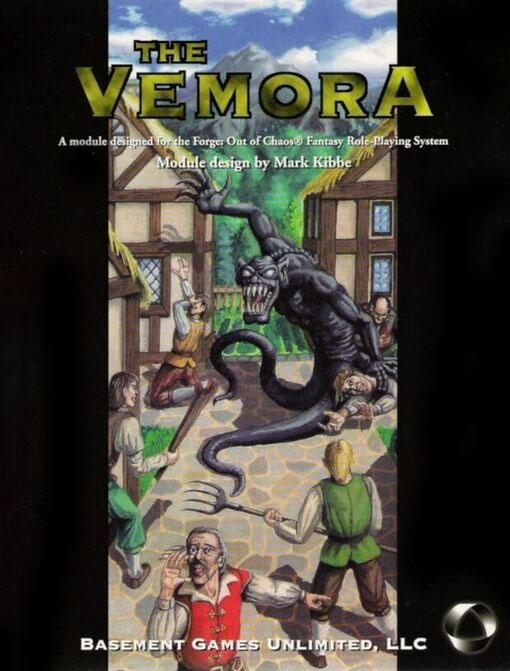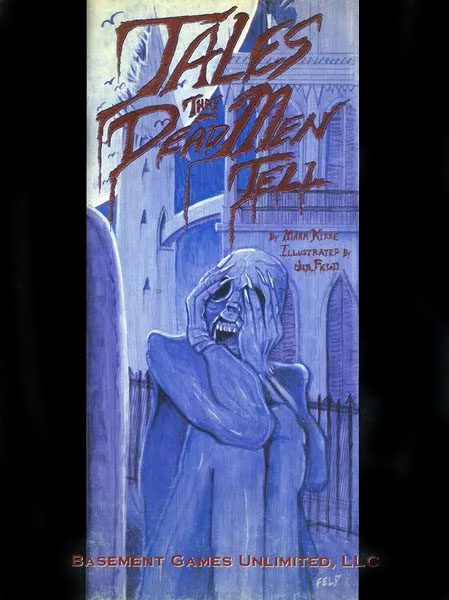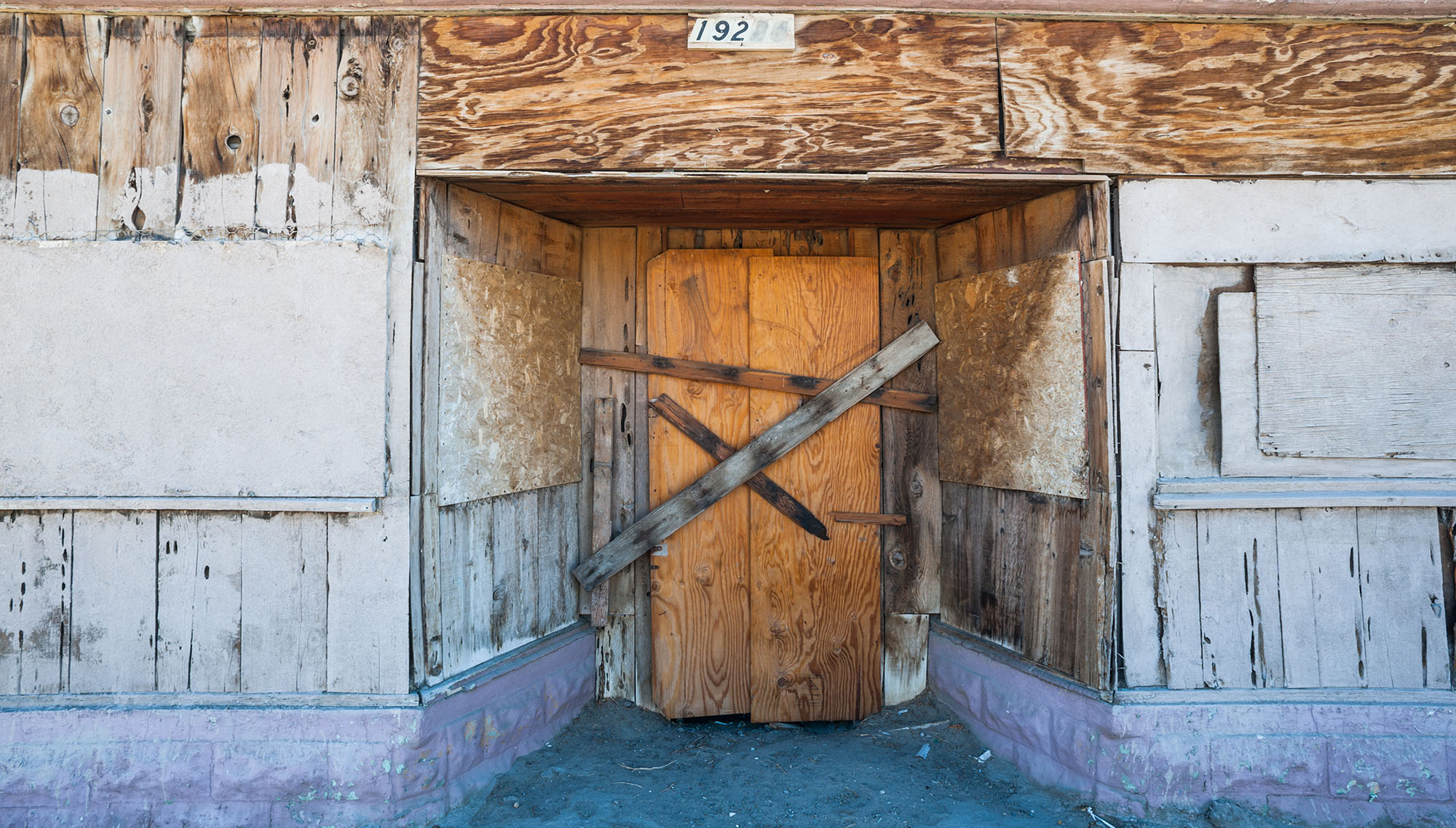
When it comes time to roll the dice, figuring out which skill to use is an essential part of how a GM makes a ruling in most RPGs.
D&D 5th Edition is no exception, even if its skill system is a little janky. When making these judgment calls, however, there’s one pair of skills that seems to cause more head scratching than any other: Athletics and Acrobatics. When a PC is trying to do X, should it be an Athletics check or an Acrobatics check? Or should you allow the player to roll whichever one they’re better at?
(Fill in whatever action you want for X.)
Sometimes and at some tables, it can feel like the overlap between the two skills is almost complete. As if they were really both the same skill and completely interchangeable with each other. And this only becomes more true if you use the variant rule where any skill can be paired with any ability scores. (Which you absolutely should, since it dramatically increases the flexibility and utility of the skill system.) At least Dexterity (Acrobatics) vs. Strength (Athletics) gives you some guidance based on the ability score, but what’s the difference between Strength (Acrobatics) and Strength (Athletics)?
But if they’re both basically the same thing, why do we even have these two different skills?
ORIGIN STORY
The distinction between Athletics and Acrobatics makes sense if you know that Climb, Jump, and Swim were separate skills in D&D 3rd Edition and were then combined into the single Athletics skill in later editions. Athletics, and its antecedents, can therefore be coherently understood as, “Are you doing something movement-related that requires a skill check while moving in one of these movement modes?”
Acrobatics, on the other hand, is essentially just a slightly expanded version of D&D 3rd Edition’s Balance skill and can be understood as, “Are you doing something movement-related that requires a skill check while moving, but NOT in these movement modes?”
And that’s the tip: If you simply and consistently apply this distinction – Athletics is climbing, jumping, and swimming; Acrobatics is everything else – then the overlap between the skills shrinks to almost nothing.
There will still be exceptions, particularly when it comes to complex actions involving multiple modes of movement – e.g., running along a banister and then leaping to grab a chandelier – but that’s all right. It’s okay to have some overlap between skills; it’s only a problem when the overlap becomes a total eclipse. In the now-rare circumstances when it does come up, it shouldn’t be too difficult to check your gut and figure out whether running along the banister or jumping for the chandelier is the most important part of the action. (Or, alternatively, just let the player roll whichever skill is better for them.)
Bonus Tip: Generally avoid forcing them to roll both skills in sequence to succeed. This drastically reduces the odds of success, which will sadly encourage your players to become much more drab and boring in their future action declarations.
The important thing is that you’ve established a clear distinction between the skills so that you can make consistent rulings and the users of both can flourish. (The general rubric here boils down to, “Is there a reason someone would want both skills?” If not, then you’ve probably got a problem. The other solution, of course, would be to house rule one of the skills out of existence.)
… AND THUS CONFUSION
If you find yourself in the position of needing to explain your rulings to a player who has very different preconceptions (and very strong opinions), you may also find it useful to understand why there’s so much confusion between Athletics and Acrobatics, particularly because this confusion is likely to only grow as a result of the 2024 Player’s Handbook reducing skill descriptions to a single sentence and further obfuscating the original reason for both skills existing.
In practice, I think there’s a couple key reasons.
First, people associate the word “acrobatics” with jumping. As a result, common usage – e.g., “You want to jump the chasm? Make a Dexterity (Acrobatics) check.” – immediately dissociates from the rules as written.
Second, DMs have a bias towards calling for skill checks instead of ability checks. (This is, at least in part, because “make a proficient Strength check” isn’t an established concept, so if you want characters to be benefit from their proficiency bonus you NEED to figure out a skill to call.) Therefore, when faced with a PC tackling the fairly common tasks of breaking down a door or lifting a heavy item, they start looking around for a skill and… hey, there’s Athletics!
This very common usage of Athletics isn’t wrong, per se, but further obscures the intended distinction between the skills – i.e., movement-related checks vs. movement-related checks when using a special movement mode. Once you’ve obscured (or never spotted) the intended distinction, you’re generally just left with the common dictionary definitions of the words, which gives you “physical feats featuring strength and coordination” vs. “physical acts which require strength, agility, or stamina.”
And I’m guessing, unless you happen to grab the same dictionary I just did, that you probably can’t tell which of those definitions belongs to which word.
Thus, the endless debate.
















